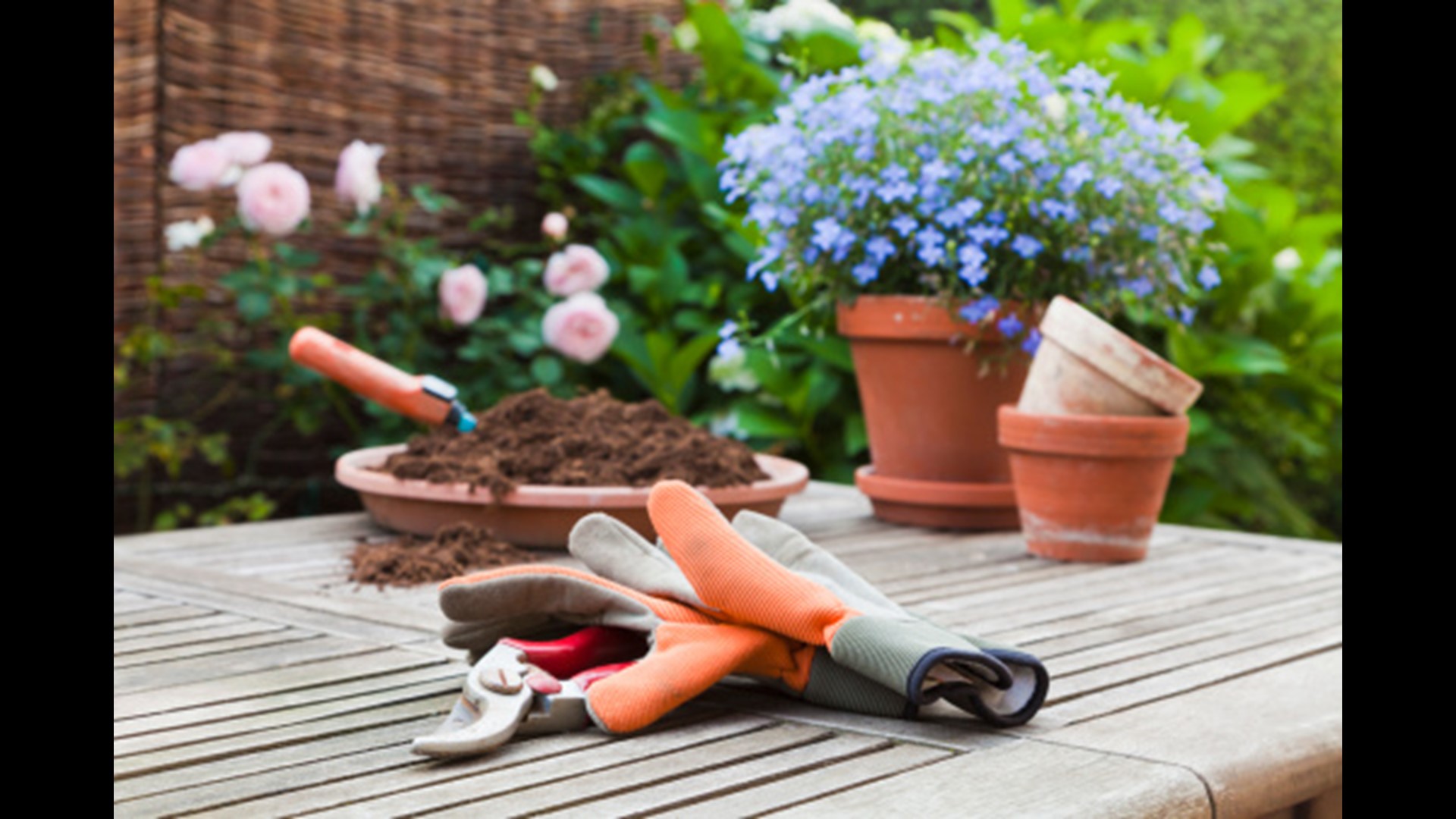KERNERSVILLE, N.C. — The Paul J. Ciener Botanical Garden in Kernersville has dug up the summer plants and is now digging in and laying down the Fall plants.
Adrienne Roethling, a Garden Curator at the Botanical Garden, said there's still a lot you can plant this time of year.
"We're putting in cool season plants," she said. "Your leafy greens, kale, lettuce, mustards, that's all really good and they should get us through the winter."
Roethling said you can continue gardening and harvesting vegetables well into the fall, because of the mild seasons here in North Carolina. Many cool-season vegetables that are planted in the early spring, can also be enjoyed during the cool fall weather.
Planting dates for vegetables and other plants can be determined by taking the number of days to maturity, which is found on a seed packet, and then counting backward from the average first frost date to determine the best time to plant.
The average first fall frost date for the triad is about October 30.
You can go to your local garden center for healthy transplants of lettuce, kale, collard greens, swiss chard, and broccoli. All of these will thrive as temperatures cool, and the leafy greens will soon be ready to harvest.
You can also grow dill, cilantro, radishes, mustard greens, carrots, beets, and turnip seeds. Woody herbs like rosemary, sage, oregano, and thyme are also very cold and hardy.
Roethling said autumn is also the ideal time to plant perennials, including native pollinator plants, fruiting shrubs, and shade-providing trees. Planting now allows root systems to settle in slowly before the summer heat puts them to the test.
If you don't feel like doing much this season, you could consider cover cropping. It's a strategy that farms use to renew the soil fertility and suppress weeds. If the soil is left bare, it can decrease the soil quality over time, so planting a cover crop, like oats, winter peas, daikon radish, fava bean, and crimson clover, will add a layer of vegetation protecting and nourishing the soil.
Roethling said one of the most important things to do is water the plants. She said it should be happening at least every other day because it gets drier and the wind picks up this time of year.
If you have any questions, she suggests reaching out to her or the other garden curators at the botanical garden. Not only that but there is a list of resources and good information that goes out often on their website.
MORE WAYS TO GET WFMY NEWS 2
Subscribe to our daily newsletter Let’s Get 2 It!
Download the WFMY News 2 APP from your Apple or Google Play store.
ADD THE WFMY+ APP TO YOUR STREAMING DEVICE
ROKU: Add the channel from the ROKU store or by searching for WFMY.
Amazon Fire TV: Search for WFMY to find the free app to add to your account. You can also add the app directly to your Fire TV through your Amazon account.

